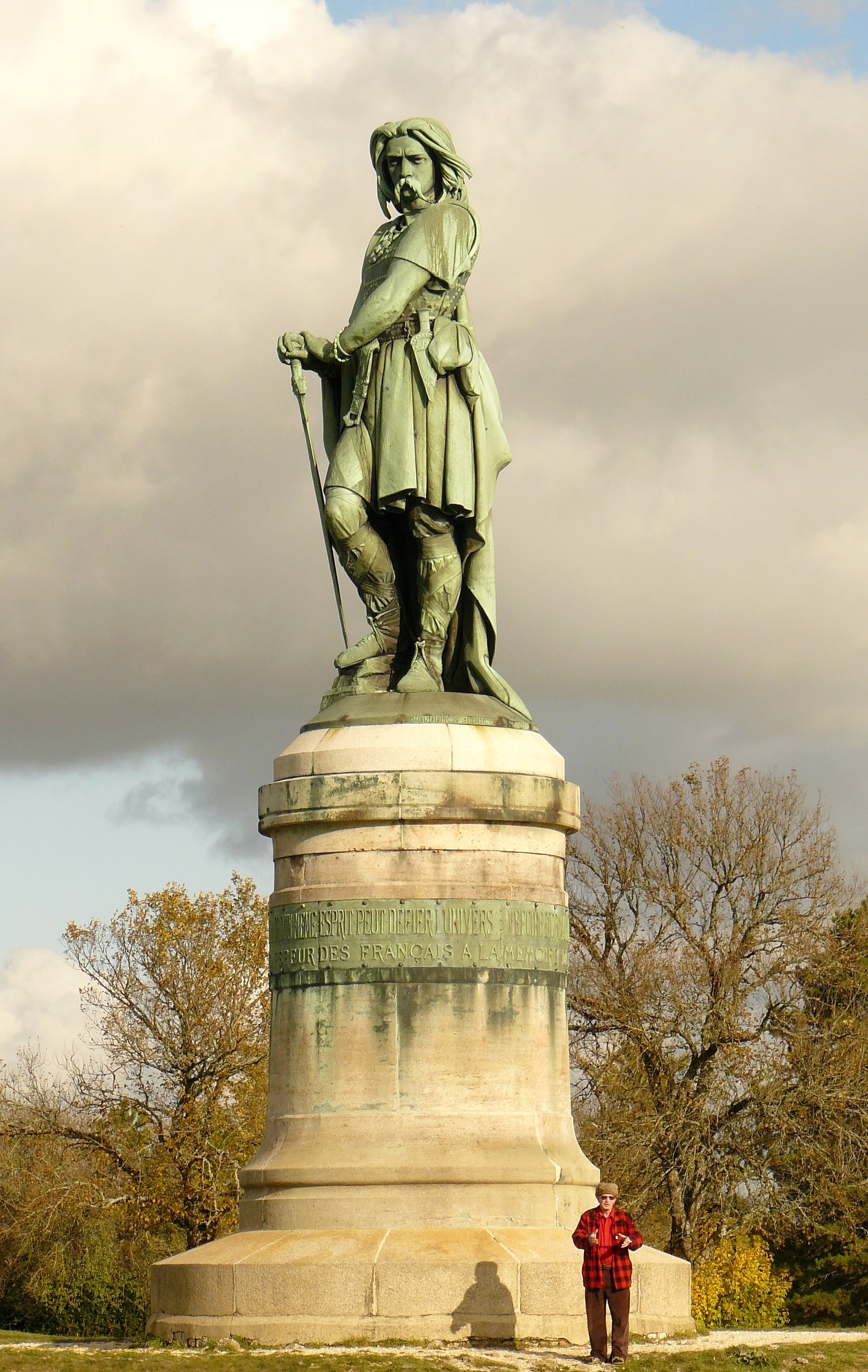A recurring theme in pretty well every spiritual tradition is the arduous nature of the practices needing to be undertaken in order to achieve spiritual growth. Indeed, this tendency is so pervasive that it is even often to be encountered in the ranks of those whose fundamental philosophy would seem incompatible with such a hypothesis. On the face of it, it seems, however, a very self-limiting belief. If I believe that only after long and arduous effort will I achieve my goals, then I am blind to grace in the here and now and necessarily consider myself unworthy of what the universe is gifting me. Perhaps I even downright refuse it.
The path of suffering is conceived of as redemptive in many traditions, even when it is inimical to the basic economy of salvation which that tradition puts forward. For those of us familiar with biblical Christianity, it is pretty clear in both the original Jesus tradition (i.e. Q) and in the later layers of the New Testament that salvation is an unmerited grace. This has nevertheless remained as shocking a view in the course of church history as it doubtless was when first expounded; and very many moralists and theologians have shied away from it or reinterpreted it to fit their moral a priori. How can it be that I belong to the community of the elect if there is no lower limit on the infamity of my behavior here on earth?
I do not wish to expound scripture here (not something I am given to doing), or solve the problem of evil, but I should of course point out that the notion that there is, after all, something to be done in order to secure salvation is a very convenient one for ecclesiastical hierarchies, without which their whole raison d’être would at the very least need to be radically reconsidered. The cui bono then is clear, especially when it fundamentally contradicts the supposed sacred texts.
It seems to me that the whole notion that salvation or enlightenment can be earned is patent ontological nonsense and should be mercilessly put to rest. Enlightenment is, or can be, as easy as breathing. But is our reluctance to give up the idea of spiritual practice as necessary to, or at least somehow facilitating, spiritual growth solely due to the fact that we have been brainwashed into following orders? Very largely, but not I think entirely. Spiritual growth does not require work, but it requires choice; and choice is hard. Not because it encounters resistance – true choice does not – but because we are not free to choose. We have limited our ability to choose in so many ways that we need to unlearn, and surely there are spiritual practices that can help us in this unlearning. This, however, does not turn them into prerequisites or even make them efficacious. The contrary belief, it seems to me, is more of an obstacle than anything these practices may be designed to overcome.
I think spiritual growth is super-easy, and the easier we make it the easier it will be. At the same time, that easiness itself may, for many of us, be very difficult. But spiritual growth is a process, it is not an end point. What you need to learn now is easy for you to learn now. Stop repeating the mantra of difficulty and it will stop being difficult.
It is very fortunate for the human race that spiritual growth is easy because, if it were not, few would venture onto the path and fewer still be successful. That tiny elite would never suffice to heal the massive wounds of the planet and cataclysm would be the only possible outcome.
You may object that this very state of the world we now live in gives the lie to what I am saying. But I think the fact of its easiness has to be revealed and has to be accepted. This has to date too rarely been the case. As I said, even spiritual authors whose work I value are often guilty of giving at least passive sustenance to the myth of difficulty. It seems almost inevitable: what else would they write about and how would they earn a living? But I do not criticize them: it may well be that many people need difficulty before they can discover that they do not need it. I do, though, want to emphasize that we need to be alert to this bias in spiritual literature and practices because it is one we are also very attached to in our hearts. Spiritual teacher X may not really be saying that you need to follow the Y-fold path of whatever in order to attain enlightenment, but even if (s)he isn’t, we are very likely to interpret their words in that sense. That is because in fact we do not want enlightenment or at least not too much of it; all we want is comfort. And a true guru knows this. I have absolutely no problem with that if it is your choice; really, it is totally legitimate, there is no blame attached. No-one is saying that you have to release your entire karmic burden in this lifetime. This may not be possible for you. All I am saying is that you can. It is no more difficult than you make it.
If you have a practice, let it be something that gives you joy.
Love and blessings,

